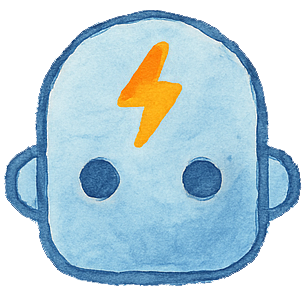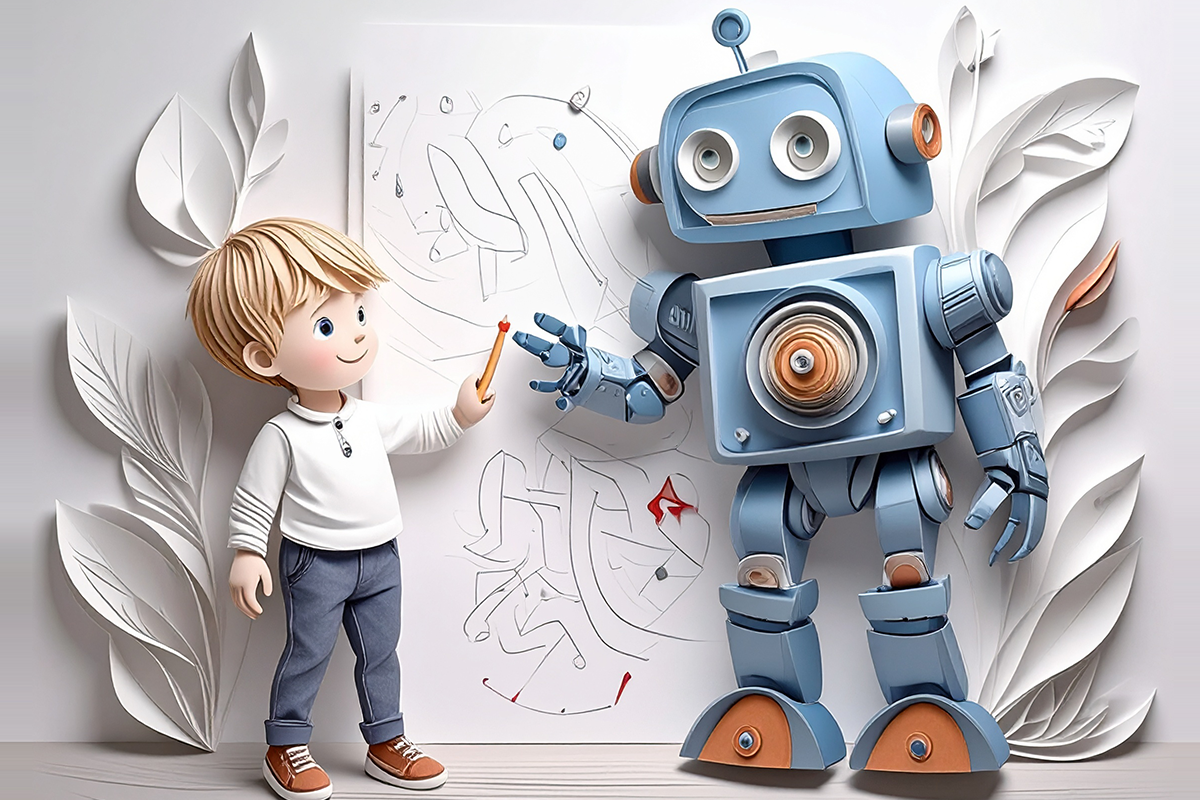What Are Algorithms for Kids?
In simple terms, an algorithm is a list of steps that solves a problem. It’s a recipe, a routine, or even a to-do list. Kids use them all the time. From brushing teeth in the morning to getting dressed, kids already follow algorithms in their daily routines.Teaching algorithms for kids doesn’t require a computer. With the right approach, you can build essential problem-solving skills using nothing more than printable activities, movement games, or even snack prep.

Why Teach Algorithms Without Screens?
When you teach algorithms away from a device, you help kids truly understand the thinking behind the code. No flashing lights. No distractions.
Unplugged activities:
- Help kids slow down and think through each step
- Strengthen logical reasoning and sequencing
- Lay the foundation for more advanced coding concepts later
By working through real-world problems with step-by-step thinking, kids begin to think like programmers. You don’t need to be a tech expert. You just need the right tools.
Simple Activities That Teach Algorithms
Here are a few fun, screen-free ways to help kids grasp what an algorithm is and how it works:
1. Snack Algorithm
Have your child write down the exact steps to make a peanut butter and jelly sandwich. Then follow their steps exactly — even if it means putting the peanut butter on top of the bread bag.
Kids quickly realize how precise their steps need to be. This builds awareness of how computers need clear, complete instructions.
2. Dance Algorithm
Create a short “robot dance” by writing out steps like:
- Turn right
- Clap twice
- Spin in a circle
Then follow the steps like a robot. Let kids build their own versions. This kind of movement-based learning sticks.
3. Draw a Bot
Give one child an image (like a house) and have them give verbal step-by-step instructions to another child who can’t see it. The second child draws as they listen. It’s a great way to teach how input affects output.
Tips for Teaching Algorithms for Kids

- Start small by breaking down everyday routines
- Use humor and play to make it fun
- Encourage debugging because mistakes are part of the learning
- Reinforce with printable worksheets and unplugged coding activities
At Wired Me, we design screen-free activities that help kids build these skills in a way that feels like play. Whether you’re homeschooling or just sneaking in some learning fun, these algorithm ideas are a great place to begin.
What Comes After Algorithms?
Once kids understand the basics of algorithms, you can begin introducing coding loops, conditionals, and simple debugging activities. Each concept builds on the last, helping kids form a strong foundation in computer science thinking.
Looking for more unplugged ideas? Download our free Unplugged Coding Activity Pack to get started with printable algorithm and sequencing games you can use today. You can also explore CS Unplugged for additional activities created by computer science educators around the world.


Leave a Reply